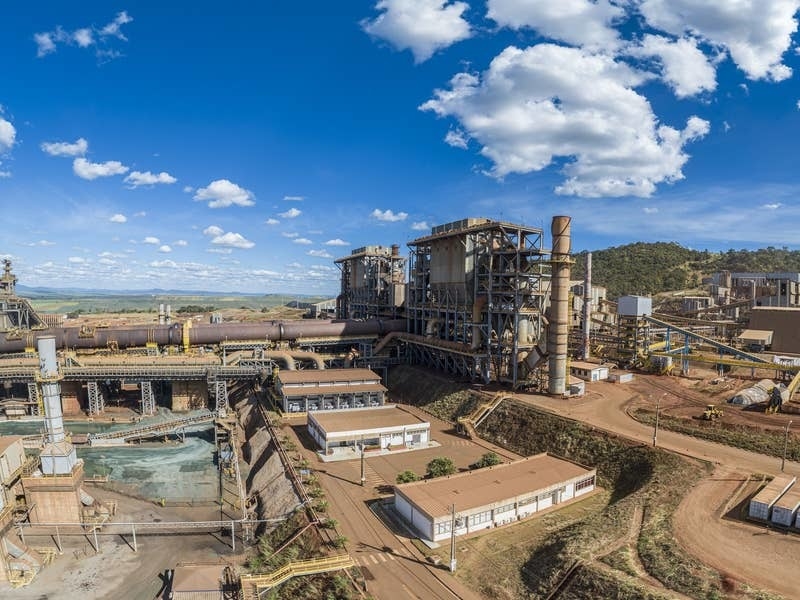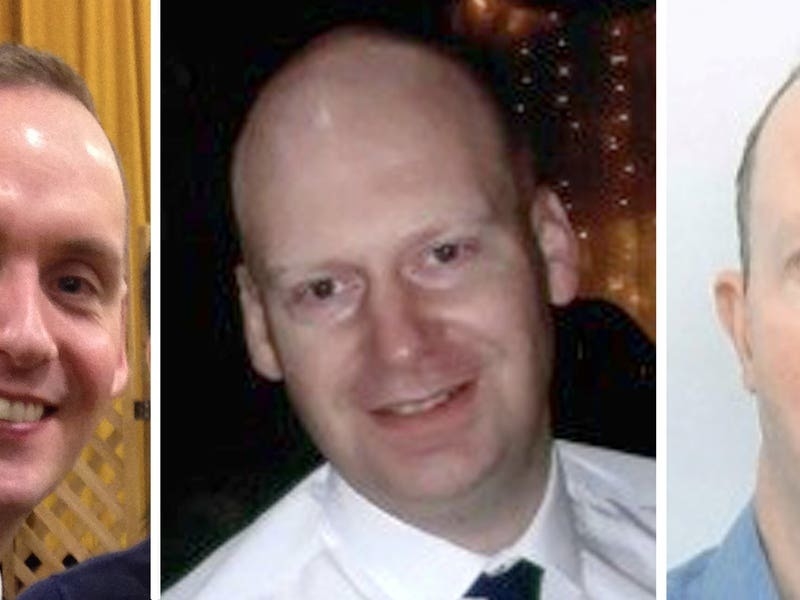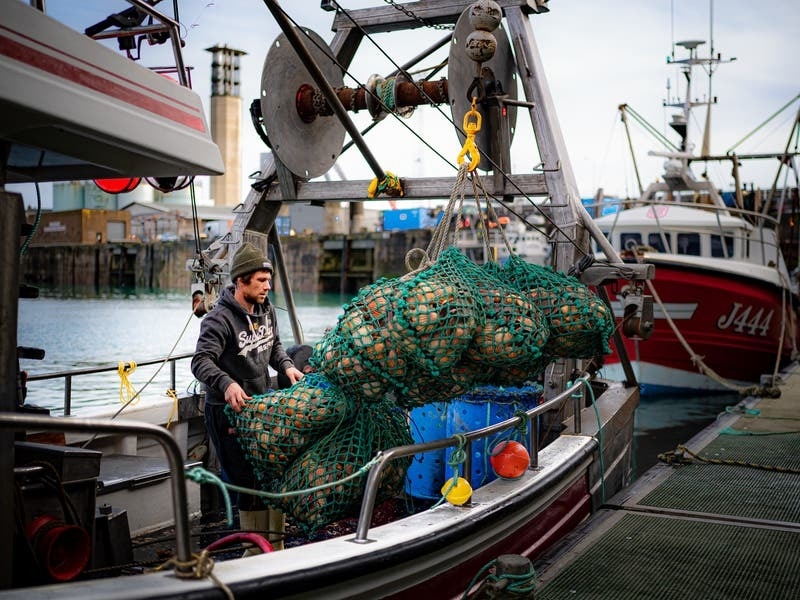The new facility will provide remote back-up should the air traffic control tower be unavailable for any reason.
It uses a network of 13 cameras to create a 240-degree field of vision of the Island’s airfield, which is then projected onto a number of screens in a nearby room.
During an emergency or technical failure, when controllers are unable to use the conventional tower, staff can move to the virtual facility and have the Airport back in operation within minutes.
Air traffic controller Peter Moore explained that 11 fixed cameras around the control tower provide images that get stitched together on screens to create one picture.
‘That gives us around 220 or 240-degree vision,’ he said.
‘There are also two moveable cameras which we call PTZs [pan-tilt-zoom] – one is north facing and one is south facing and they are like electronic binoculars.
‘For us, it is a contingency tower – it is a business decision. We, as an air navigation service provider, have responsibility for the Channel Islands Control Zone and we get paid by Eurocontrol to keep that open.
‘If we had to close our centre we would be penalised for not keeping the airspace open.’ He added: ‘We have always had a radar contingency. It used to be up at Les Platons and now we have moved that into the cargo centre. But we never had a tower contingency, so [previously] if something went wrong with our tower here, the Airport would have had to shut.
‘We could keep the airspace open, but we would not have been able to keep the Airport open.’
It is hoped that the facility could provide the basis of a new business in future, with staff potentially being able to control other airfields around the world from St
Peter. Mr Moore said: ‘You can cut down the number of staff an airport needs – so there is a business model there.’
In March, London City Airport announced that it was planning to close its control tower and move operations to a remote centre, 80 miles away, to Swanwick near Southampton.
Mr Moore added that he thought conventional air traffic control towers were now becoming obsolete.
‘If this technology had been around five years earlier, I do not think we would ever have built the new [Jersey] tower,’ he said.
‘I do not think there is any need for anyone to build a new tower again.’
The controller added that he thought Ports of Jersey’s system was more advanced than London City’s, which is not due to become operational until 2020.






